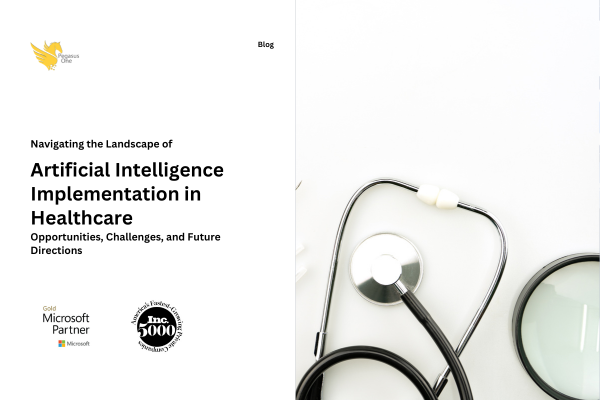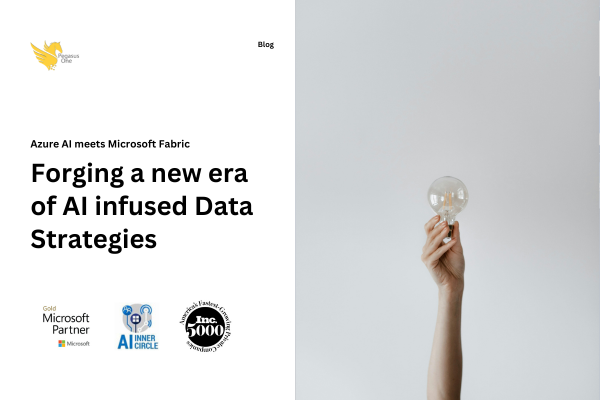AI and Chatbots
Computer programs which can have real conversations are known as chatbots. A chat interface allows chatbots to converse with users. Chatbots can be used with almost all popular messaging apps. These bots can be given distinct personalities as well. Chatbots can understand written and spoken text, and interpret its meaning. The bot can then look up relevant information and deliver it to the user. Most modern smartphone apps rely on chatbots to function.
The cost and power of a chatbot depends on the technology it uses. There are two categories of chatbots –
- Command based chatbots
- AI-based chatbots
Command based chatbots rely on a databank of replies and heuristics. The bots reply by selecting an answer that matches the context of a query. Command based chatbots cannot create new texts.
Characteristics of command based chatbots:
- These chatbots can answer a limited set of questions. The bot will require manual help for atypical questions.
- The chatbot cannot perform functions outside its code.
- To answer a question, the chatbot has to understand it first. Command based chatbots use template search or dynamic search for understanding and answering questions.
AI-based or Machine Learning Chatbots can answer ambiguous questions. Meaning, you do not have to be specific when asking questions to these chatbots. The chatbots create replies from scratch using natural language processing. These chatbots become smarter with time, learning from past questions and answers.
Both categories have their advantages and disadvantages. Command based chatbots can give more reliable and grammatically correct answers but fail to respond to questions outside their knowledge base. On the other hand, machine learning chatbots need a vast amount of learning data and can struggle to form longer sentences. Here are our thoughts on how AI is making chatbots better for businesses:
Just a few short years ago, having “conversations” in human languages with machines was pretty much universally a frustratingly comedic process.
Today that has changed. While natural language processing (NLP) and recognition are far from perfect, thanks to machine learning algorithms it’s getting increasingly closer to a point where it will be harder to tell whether we are talking to a human or a computer. (Google Duplex). Business has capitalized on this, with increasing numbers of chatbots deployed, usually in customer service functions but increasingly in internal processes and to assist in training.
At ICLR 2018 in Vancouver, Salesforce’s chief scientist, Richard Socher, presented seven breakthrough pieces of research covering practical advances in NLP including summarization, machine translation and question answering.
He stated “NLP is going to be incredibly important for business – it is going to fundamentally change how we provide services, how we understand sales processes and how we do marketing.
“Particularly on social media, you need NLP to understand the sentiment around your marketing messages and how people perceive your brand.”
Of course, this raises some issues, and one of the most glaring is, do people really want to talk to machines? From a business point of view, it makes sense – it’s incalculably cheaper to carry on 1,000 simultaneous customer service conversations with a machine than with the giant human call centre which would be needed to do the same job.
But from a customer point of view, are they gaining anything? Unless the service they receive is faster, more efficient and more useful, then they probably aren’t.
“I can’t speak for all chatbot deployments in the world – there are some that aren’t done very well,” says Socher.
“But in our case, we’ve heard very positive feedback because when a bot correctly answers questions or fills your requirements it does it very, very fast.”
“In the end, users just want a quick answer, and originally people thought they wanted to talk to a person because the alternative was to go through a ten-minute menu or to listen to ten options and then have to press a button – that’s not fun and it is not fast and efficient.”
Key to achieving this efficient use of NLP technology are the concepts of aggregation and augmentation. Rather than thinking of a conversation exclusively taking place between one human and one machine, AI and chatbots can be used to monitor and draw insights from every conversation and learn from them how to perform better in the next one.
And augmentation means that the machine doesn’t have to conduct the entire conversation. Chatbots can “step in” for routine tasks such as answering straightforward questions from an organization’s knowledge base or taking payment details.
In other situations, the speed of real-time analytics available today means that bots can raise an alert when they detect, for example, a customer becoming irate – thanks to sentiment analytics – prompting a human operator to take over the chat or call.
Summarization is another highly useful function of NLP and one which is likely to be increasingly rolled out to chatbots. Internally, bots will be able to quickly digest, process and report business data when it is needed, and new recruits can quickly bring themselves up to speed. For customer-facing functions, customers can receive summarized answers to questions involving product and service lines, or technical support issues.
Chatbots are a form of the ‘intelligent assistant’ technology which powers Siri or Google Assistant on your phone, or Cortana on your desktop. Generally, though they are focused on one specific task within an organization.
One study found that 40% of large businesses have implemented this technology in some form, or will have done so by the end of 2019.
Among those, 46% said that NLP is used for voice to text dictation, 14% for customer services and 10% for other data analytics work.
Chatbots are also increasingly ubiquitous in collaborative working environments such as Slack, where they can monitor conversations between teams and provide relevant facts or statistics at pertinent points in the conversation.
In the future, chatbots will probably be able to take things even further and propose strategy and tactics for overcoming business problems.
Another example could be customer service bots which can allocate resources to dealing with customer cases based on the classification and sentiment analysis of the conversations they are having.
As with all AI, development of NLP is far from a finished process and level of conversation we are able to have today will undoubtedly seem archaically stilted and unnatural in just a couple of years’ time. But today, organizations are clearly becoming more comfortable with the idea of integrating chatbots and intelligent assistants into their processes, and confident that it will lead to improvements in efficiency and customer satisfaction.













